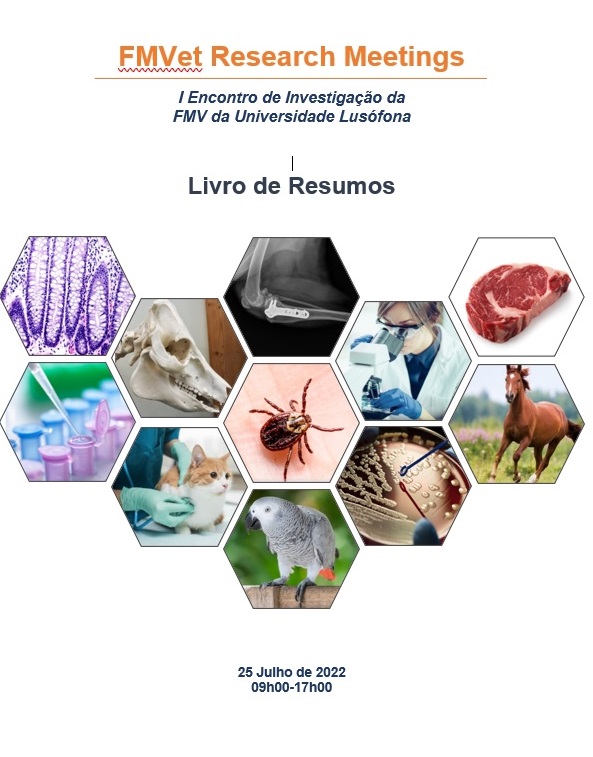School of Comunication, Architecture, Arts and Technologies of Information, Lusófona University, Lisbon, Portugal
Resumo
There is a need to shift the research culture and embrace collaborative partnerships, involving multiple teams with complementary expertise. Anatomical examination of animal bones found at archaeological sites may provide information regarding species, age and sex identification and find evidence of past animal use. Additionally, animal remains may help reconstruct prehistoric human-animal relations and deduce our past behaviors.
The ongoing CRIAS project was developed to diminish the lack of information in veterinary and zooarchaeological literature as far as neonatal/young-aged pig skeleton development. Based on bone analysis, radiographic and CT images of Sus scrofa domesticus at 12 weeks, our team has fully described the ossification centers of long bones, as well as diaphysis measurements. These data, not only have improved anatomical and clinical knowledge of this species, but also enhanced zooarchaeological knowledge about the bones of young Sus specimens which sometimes are found in archaeological contexts and are difficult to identify. Contrary to adult specimens, the underdeveloped or even absent skeletal landmarks in newborns and juveniles may impair their species identification.
This research has also contributed to benefit society by improving animal health and welfare, while at the same time providing our students with better educational resources, taking into account their future activity on a wide range of relevant areas of the Veterinary profession. Moreover, a novel close collaboration with an external entity - the Laboratório de Arqueociências (DGPC) was created, which brings advantages for the development of additional studies in the Veterinary and Zooarchaeological sciences hybrid area.
Keywords: juvenile pig anatomy, skeleton development, reference osteological collections, zooarchaeology, collaborative research.
Financing: ULHT-FMV - projecto exploratório 2021 – CRIAS.


